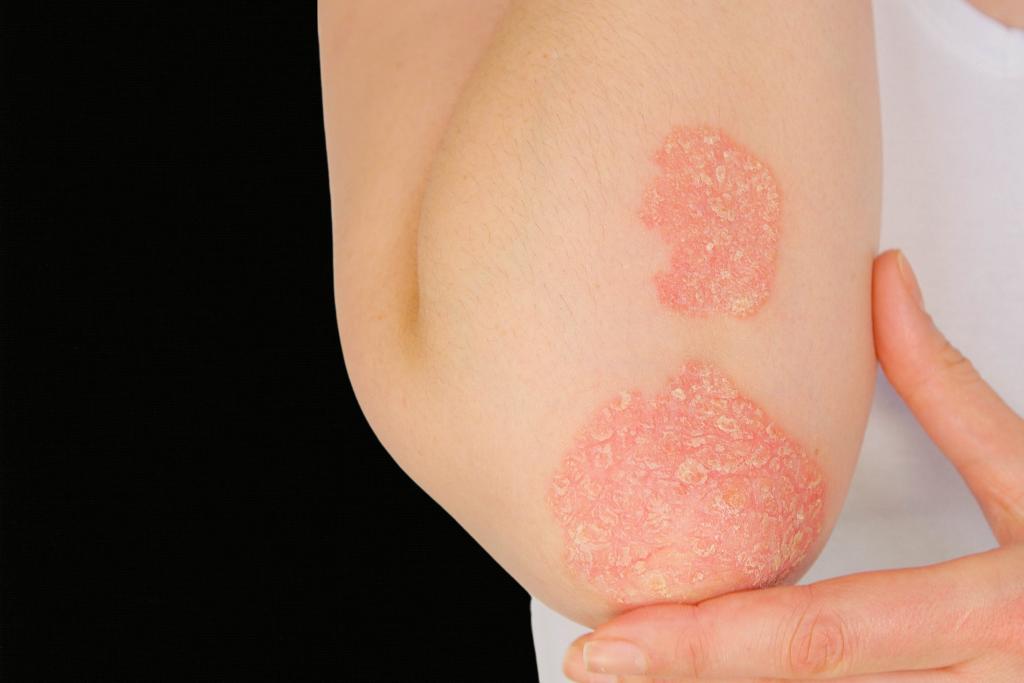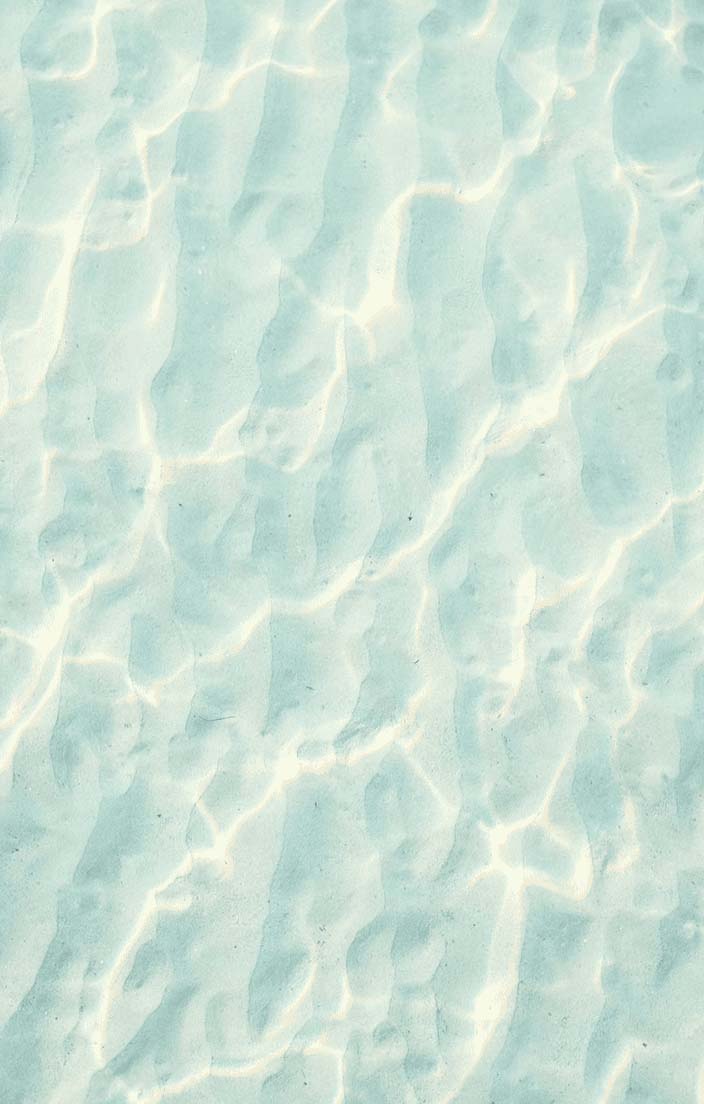UVB phototherapy uses carefully controlled doses of narrowband ultraviolet light to help reduce inflammation in the skin. It is most commonly used for conditions such as psoriasis, eczema, vitiligo.
Treatments are performed in a specially designed light booth, where the skin is exposed to UVB light for a few minutes at a time. Sessions are typically scheduled two to three times per week, with the dose carefully monitored and gradually increased under the supervision of a dermatologist to ensure safety and optimal results.

Pre-treatment
- Tell your doctor about all medications you are taking, as some can increase sensitivity to light.
- Avoid using perfumes, deodorants, or lotions on treatment days unless advised, as they may make the skin more sensitive.
- Wear loose, comfortable clothing for easy undressing before the session.
- Remove jewellery before treatment.
- Follow your doctor’s advice about whether to apply moisturiser before or after your session.
- Let your clinician know if you are pregnant, planning pregnancy, or breastfeeding.
Post-Treatment
- Apply moisturiser after treatment to help keep the skin hydrated.
- Expect mild redness or dryness, which usually settles quickly.
- Avoid additional sun exposure (including tanning) on the day of treatment.
- Always use broad-spectrum sunscreen if outdoors.
- Inform your doctor if you develop burning, blistering, or worsening rash between treatments.
- Continue to attend regular appointments so your dose can be adjusted safely.

FAQ’S
Frequently Asked Questions


Is the treatment painful?
No. UVB phototherapy is painless, though some patients may notice mild warmth or tingling during the session.
How long does each session take?
Sessions are usually short, often lasting only a few minutes, depending on the skin condition and treatment plan.
How many sessions will I need?
Most patients require 2–3 sessions per week over several weeks. The total number of treatments varies depending on the condition and how the skin responds.
When will I see results?
Improvement is usually gradual, often noticeable after 2–4 weeks of consistent treatment.
Are there any side effects?
Mild redness, dryness, or itching may occur. Rarely, overexposure can cause burning or blistering, which is why dosing is carefully monitored.
Can I go in the sun while receiving phototherapy?
It’s important to avoid additional sun exposure or tanning on treatment days to reduce the risk of skin damage. Always use sunscreen when outdoors.
Is phototherapy safe during pregnancy?
Pregnant or breastfeeding patients should discuss risks and benefits with their dermatologist, as UVB is generally considered low risk but still requires medical guidance.